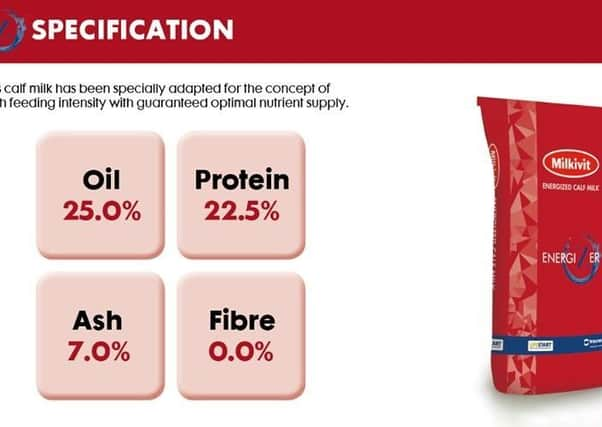The risks of feeding calves waste milk


Waste milk is milk that is not suitable for sale for a number of reasons eg cows with mastitis or cows treated with antibiotics. With antibiotic treatment, there is a withdrawal period where antibiotics can be detected in the milk and therefore this milk must not be sold for human consumption.
If it is essential that milk with traces of antibiotics are not used for human consumption, why should calves, the future of your herd, be any different? This article discusses the three main reasons why you should not feed waste milk to calves, namely disease transmission, antibiotic resistance and nutrition.
Disease transmission
Advertisement
Advertisement
Waste milk often contains large numbers of bacteria, especially from cows that have mastitis, and feeding this milk can potentially spread infection from your herd to the calves. Several infectious agents such as E.coli and Johnes have been found in waste milk.
With Johnes disease, the bacteria that cause Johnes can be present in the milk of infected cows, even before some tests identify that cow as infected. As a cow with Johnes is more likely to get sick, feeding calves waste milk from sick cows increases the risk of calves being infected with Johnes. Therefore, it is essential that calves, particularly those kept for herd replacements, are not fed waste milk.
Pooling waste milk is particularly high risk, because if there is a single cow shedding Johnes, this means the infected milk is fed to many calves. In herds that have Johnes, feeding milk replacer rather than whole milk lowers the risk of Johnes being spread to calves.
Antibiotic residues
The European Food Safety Authority (EFSA) recently produced a report on this topic and their findings recommend that if treating cows with antibiotics, waste milk from these cows should not be fed to calves, due to the risk of antibiotic resistant bacteria developing.
Nutritional
considerations
Advertisement
Advertisement
Whole milk is low in some nutrients that are desirable for calf growth and health. For example, when compared to the National Research Council requirements for calves, whole milk often has below optimal levels of manganese, copper, iron, cobalt, iodine, selenium and vitamin E. As waste milk is often less nutritious than whole milk, these deficiencies may be even more pronounced.
Waste milk is also much more variable in protein, fat, lactose and somatic cell count, compared to whole milk and milk replacer. This variation in nutrients can lead to digestive upsets in young calves. In addition, studies have shown that calves on a consistent plane of nutrition achieve better growth rates and starter intake, compared to calves fed a variable nutrition.
The solution
Trouw Nutrition have developed Energized Calf Milk (ECM) with whole milk as the biological reference, combining the best of whole milk with the best of calf milk replacer. ECM is high in fat, ensuring the calf gets a high level of energy. The balance of vitamins and minerals in the formulation means that calves get the best possible LifeStart. ECM allows you to maximise returns by selling whole milk, rather than using it on farm.